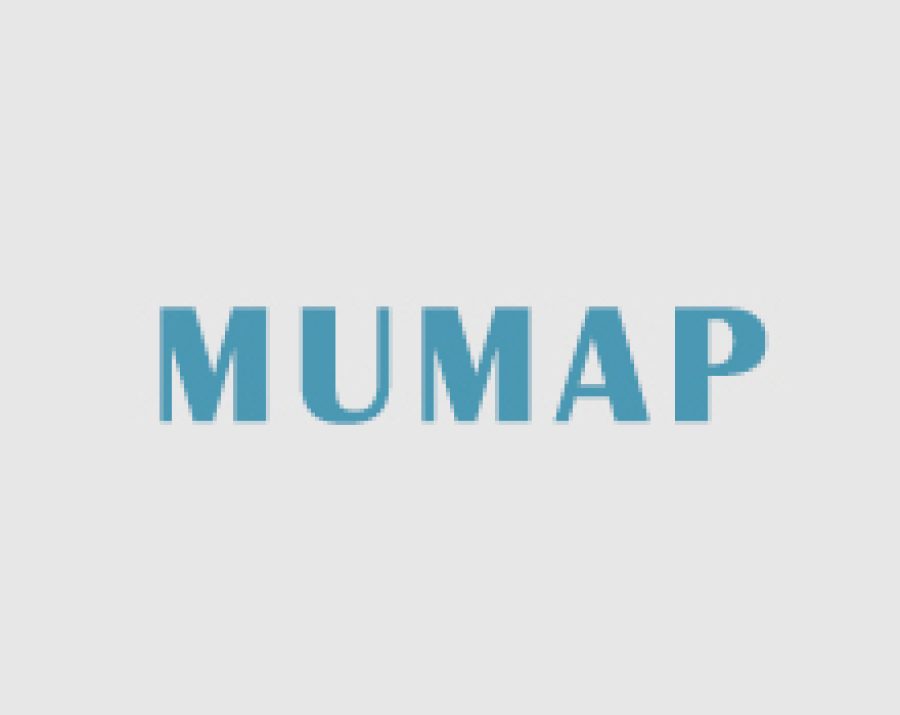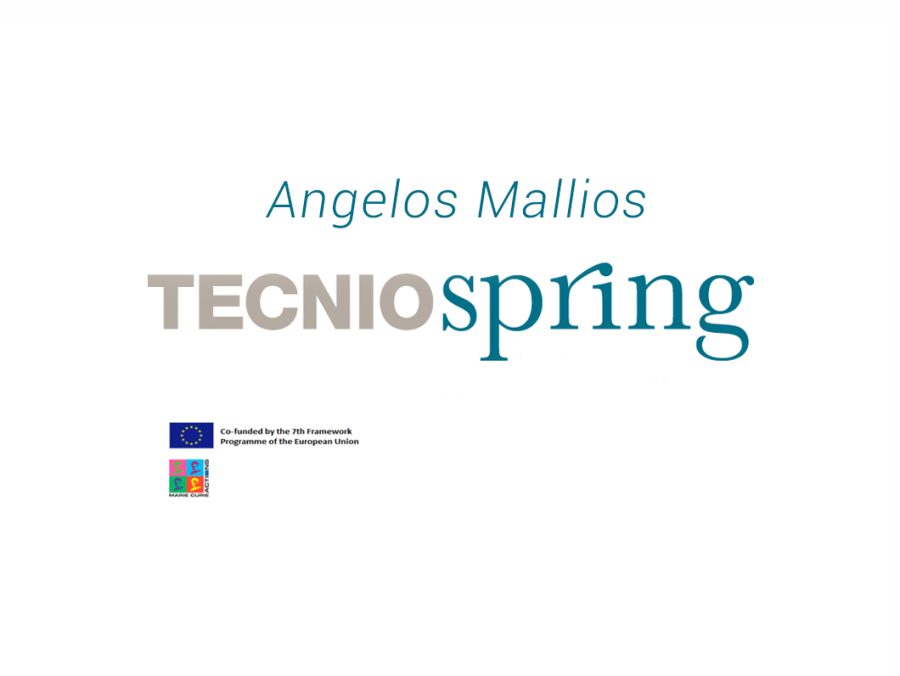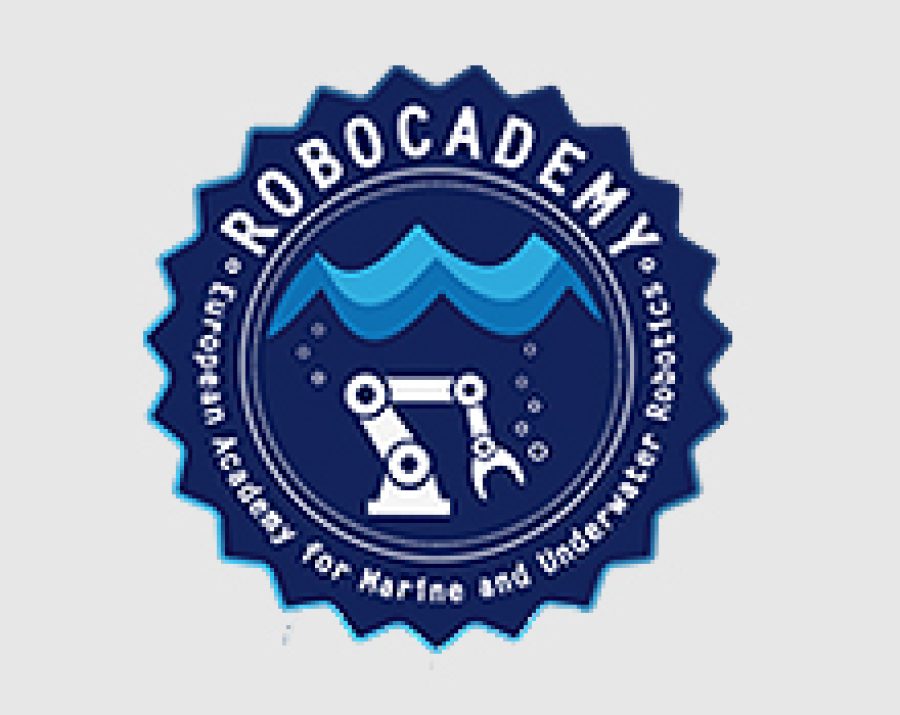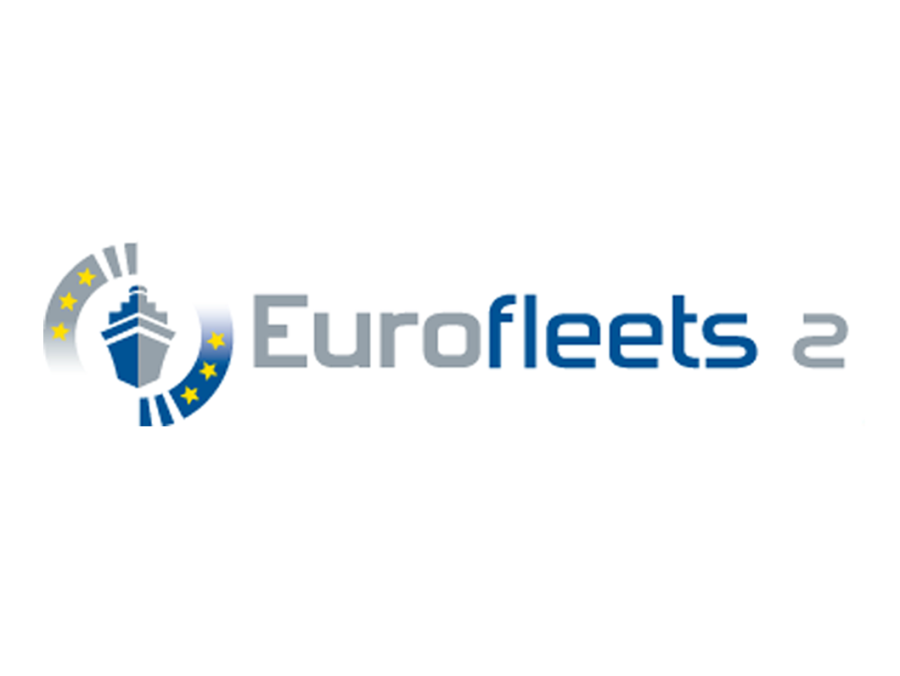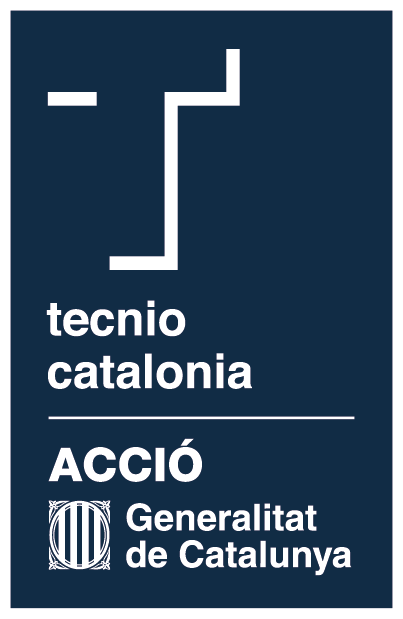Seafloor mapping at high resolution requires underwater vehicles to conduct surveys flying at low altitudes, especially when acquiring optical images. To optimize the use of resources and survey times, this project seeks a leap in the level of autonomy of research and commercial Autonomous Underwater Vehicles (AUVs) beyond present-day practices. AUVs now execute either preplanned missions, or at best implement pre-programmed events, and thus reacting on-survey with a mild level of re-parametrisation.
To provide underwater robots with greater autonomy and capabilities, this project seeks to improve and enhance their cognitive and intelligent capabilities during seafloor exploration. We identify two ground-breaking developments: (A) intelligent mapping of large seafloor areas, now a time-consuming task; and (B) intelligent mapping of complex, three-dimensional structures (now limited to human pilots, and often impossible to carry out). Both developments require novel approaches enabling robots to carry out adaptive surveying autonomously. In the first case, we seek that the robot identifies the targets of interest and adapts the surveying to significantly optimize survey times, excluding unnecessary surveying of uninteresting areas. SIREC will test this first use case in the mapping of Posidonia oceanica seagrass, a major component of ecosystems linked to carbon sequestration, and hence of great environmental and societal impact. In the second case, we will endow the robot with the intelligence to survey complex structures at close range (<5 m), with the possibility of identifying areas requiring remapping, while considering vehicle safety at all times. This intelligent navigation mode has applications in numerous fields (geology, archaeology, engineering, energy infrastructures, etc.). We will develop this navigation intelligence using geological targets (submarine rock outcrops and hydrothermal vent chimneys for tectonic and hydrothermal studies respectively).
SIREC addresses these two needs through two independent but related use cases using the Girona 500 AUV. We anticipate that the algorithms developed will have application in various scientific fields (biology, geology, environmental studies), and we will exploit them as a vector of dissemination to the general public, and to explore ways to bring fieldwork and the seafloor to classrooms. These algorithms will be verified both in the water tank of the Underwater Robotics Centre (CIRS) and in extensive field trials. The trained algorithms will be optimized to run on the on-board hardware, thus enabling real-time execution in support of the autonomous robot behaviour. During the project, comprehensive training data will be generated, and both the algorithms and the data will be made publicly available through online repositories.

